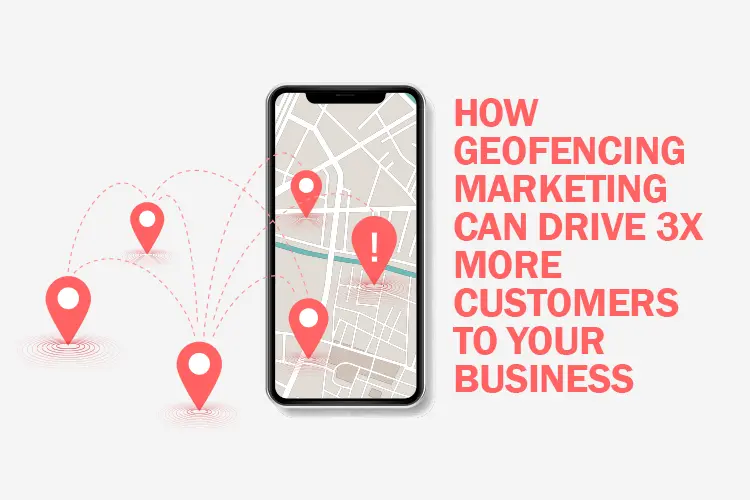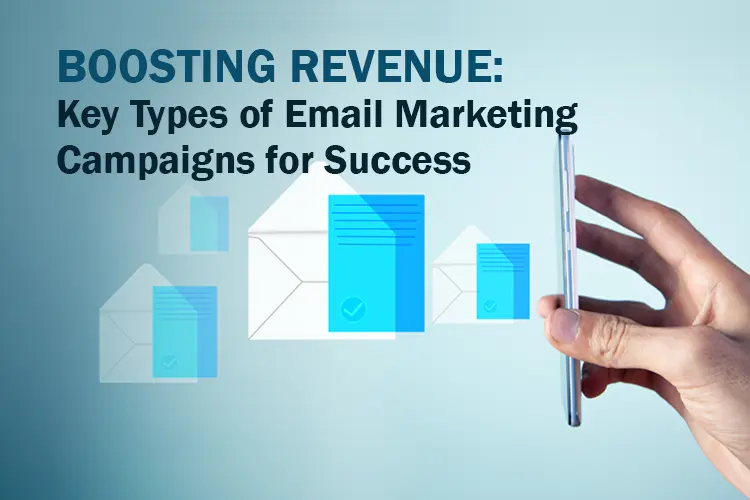What is Geofencing Marketing?
Location-based marketing, often known as geofencing marketing. What is it, exactly? And how does one use it?
Geofencing suggests the fencing off a particular area that you have chosen to advertise your business in. Businesses build a virtual wall or fence around the selected place to attract more individuals. Geofencing marketing, otherwise known as location-based marketing, is a way of reaching and involving potential customers within real-world neighbourhood places. Local businesses can use this strategy to send customized messages, adverts, or notifications whenever someone enters or leaves certain geographical areas based on mobile device data such as smartphones and tablets.
The widely known example of geofencing marketing is its application by Walmart through targeting based on location. To target customers who are close to their stores. Walmart uses geofencing technology with deals and advertisements. As soon as a customer enters the geofenced area around a Walmart store, they may receive notifications on their phones about special offers, discounts, or upcoming events. Walmart’s focused strategy improves customer satisfaction, boosts foot traffic to their stores, and increases sales.
What Does “Geofencing” Mean in Digital Marketing?
Digital Marketing employs a “geofencing” technique also known as location-based advertising, which utilizes GPS or RFID (Radio Frequency Identification) Wi-Fi or cellular data to create digital perimeters referred to as “geofences” around specific locations. Based on the activities of customers entering and exiting such areas, their mobile devices can receive relevant alerts and adverts. Geofencing helps marketers to approach potential consumers at the most opportune time by delivering them context-specific messages through their mobile phones based on their location.
This technology would be useful for businesses that are targeting audiences who visit different places for events or gatherings, and those that want to attract clients to their physical locations.By integrating geofencing into other digital marketing efforts, local businesses can further enhance their geofencing marketing strategy. Businesses can achieve a more coherent and all-inclusive approach in reaching out and communicating with target audience by combining geofencing with social media advertising, email marketing, and loyalty programs.
How to set up Geofencing Marketing?
There are several important steps involved in using geofencing in marketing:
- First step is to define your target area: find the areas where people of your target audience reside or visit. These areas may include neighbourhoods, sites, or even landmarks that hold special meaning for your business.
- Second select a geofencing platform: Based on your budget and business objectives, select a geofencing platform or service provider. Popular options include Radius Networks, Plot Projects, and Gimbal.
- Third set up virtual perimeters: Make “fences” or virtual boundaries around the selected areas using the platform of your choice. You can modify the shape, size, and distance of these areas from your business.
- Fourth craft personalized messages: Create attractive offers, promotions, or messaging that are specific to the target market inside the geofenced or selected area. Use calls-to-action and relevant keywords to increase interaction and conversions.
- Fifth track and analyze performance: Monitor the effectiveness of your geofencing campaigns by tracking metrics such as foot traffic, conversions, and return on investment (ROI), and adjust as required to optimize results.
Benefits of Geofencing Marketing for Local or Small Businesses
For small businesses trying to increase their marketing efforts, geofencing marketing provides several important advantages:
- Accurate targeting: By focusing on specific geographic areas, small businesses can target their ideal customers with accuracy. This will help them increase the possibility of conversions and sales.
- Increased foot traffic: By encouraging nearby potential customers to visit your business, geofencing advertising can increase foot traffic, open new channels for interaction, and increase sales.
- Personalized messaging: By sending personalized messages or offers based on users’ location and behavior, businesses can establish a more meaningful connection with their audience and increase the effectiveness of their marketing campaigns.
- Cost-effectiveness: Small businesses can find geofencing marketing to be more cost-effective than traditional marketing techniques like print or TV commercials as it allows them to target a specific demographic without spending money on less focused, bigger campaigns.
- Improved ROI: With the capacity to monitor and assess the performance of geofencing campaigns in real-time, small businesses can make data-driven decisions to optimize their marketing efforts and maximize their return on investment.
Geofencing Marketing Strategies For Businesses
Now that the advantages of geofencing advertising have been discussed, let’s look at some practical strategies small businesses may use to maximize the potential of this powerful marketing tool:
Find out the competitors’ locations to target new or potential customers and attract them to your business with attractive offers or promotions by instituting geofences around them.
- Promote special events or sales: Attract nearby shoppers through maximum sales of exclusive discounts, flash sales, product launches among others using geofencing marketing.
- Engage customers in real-time: When they come near your shop, send them personalized welcome messages via geofencing technology and offer in-store coupons or give directions to your location.
- Retarget visitors: People who may have visited your geofenced area but did not make any purchases can be followed up by retargeting ads or offers with the aim of making them return and complete their purchases.
- Measure and optimize performance: Identify areas that need improvement such as targeting parameters adjustment, refining messaging, reallocating budgeting towards high performing channels through analytics tools that help monitor the performance of campaigns run in geofencing on a regular basis.
Let’s illustrate These Strategies With Some Examples
Consider a small café you own positioned on a busy commercial district. You may increase footfall and sales during peak hours by creating geofence around nearby office buildings and advertising for their breakfast or lunch time coffee.
A shop selling exclusive clothing could use geofencing marketing to give discounts to shoppers situated near a certain radius from the store. The best way is to clear stock while increasing sales through fresh and timely messages sent out about the sale.
By sending personal messages, a local restaurant can engage its customers offering them discounts or specials for those who are eating in during off-peak hours. When they offer clients special promotions, they will be able to fill tables during slack periods thereby boosting revenue.
A smaller electronics retailer could follow-up with ads that remind previous visitors who failed to make purchases by using discounting tactics or incentives while inviting them back inside. This can prompt clients to finish their purchase process thus raising the sales levels, as well as reminding them of products that interested them.
By analyzing the performance of their geofencing campaigns, a small business owner could discover that their ads are performing best when targeted at specific times of day or days of the week. They could then adjust their campaign settings to focus their budget on these high-performing periods, maximizing their ROI and driving more effective results.
These examples demonstrate how businesses can leverage geofencing marketing to attract customers, increase sales, and grow their business in a cost-effective and targeted manner.
Conclusion
With the help of geofencing marketing, small businesses will be able to engage with their potential customers. By implementing the geofencing methods and the utilization of this technology, small business can increase their level of equality and competitiveness in the present market. improving foot traffic, income, and overall business growth in a highly targeted and individualized manner will help increase the profitability of local business owners.



